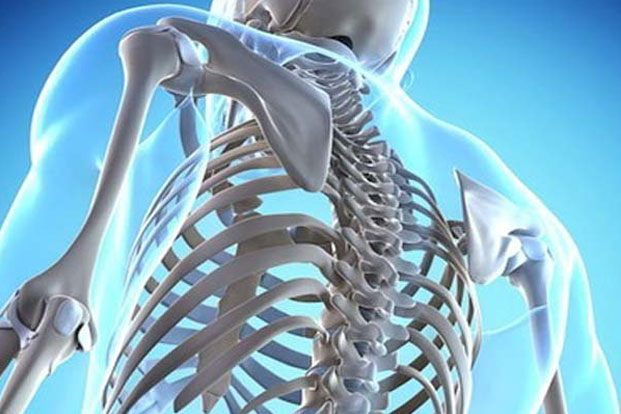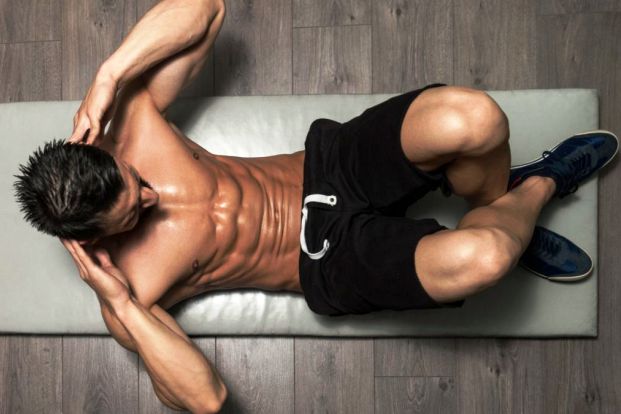Categories
- Bariatric Surgery (11)
- Black Fungus (5)
- Bone Marrow transplant (3)
- Brain Tumor Surgery Navigation Technology (20)
- Cardiac Surgery (66)
- Cardiology (97)
- Computer navigation technology for joint replacements (20)
- Covid Vaccination (17)
- Critical Care (2)
- Dental (19)
- Dermatology (31)
- Dialysis Support Group - “UTSAAH” (11)
- Dietitian (33)
- Emergency Medicine (4)
- Emotional Health (11)
- Endocrinology (33)
- ENT (20)
- Gastroenterology and GI Surgery (53)
- General and Laparoscopic Surgery (21)
- General Surgery (4)
- Gynecology & Obstetrics (183)
- Hematology (20)
- Internal Medicine (294)
- Kidney Transplant (50)
- Kidney Transplantation (20)
- Lung Cancer (8)
- Minimal Invasive Surgery (1)
- Mother & Child (20)
- mucormycosis (5)
- Nephrology (61)
- Neurology (147)
- Neurosurgery (68)
- Nutrition and Dietetics (107)
- Omicron Variant (1)
- Oncology (288)
- Ophthalmology (10)
- Orthopaedics & Joint Replacement (86)
- Paediatrics (59)
- Pediatric Nephrology (3)
- Physiotherapy (5)
- Plastic & Reconstructive Surgery (6)
- Psychiatry and Psychology (90)
- Psychologist (28)
- Pulmonology (72)
- Rheumatology (13)
- Spine Services (21)
- Transradial Angioplasty (16)
- Urology (84)
Query Form
Posted on Apr 19, 2022
Does Cold Weather Cause Joint Pain?
Barometric pressures will often fall before cold weather sets in. It causes expansion of tissues and pain in your joints. Increased sensitivity of nerves in the joint: In case of injury, the nerves in the joint may become hypersensitive to changes in cold weather due to scarring, inflammation, or adhesions.

It’s common to blame joint pain flare-ups on changes in the weather, and several doctors believe people can feel more joint pain on cold, rainy days. But the research on the connection between the two isn’t clear. Barometric pressure or the pressure of the air can affect joints, but humidity, precipitation, and temperature are also at play. It makes it tricky for scientists to pinpoint exactly what it is about the weather that leads few people to report more pain when it’s cold, rainy, or humid Arthritis: Does cold weather make it worse? Several people with arthritis dread the cooler months. In fact, some swear blind they can even predict a drop in mercury simply by the increase in swelling and pain in their joints. But is there any truth to this notion that stiff and sore joints flare up when temperatures fall. For few people the sensation is so finely tuned that they seem to be able to predict weather changes based on the condition of their joints. While there is no clear scientific explanation as to why this is so, most people living with chronic joint disorders, such as arthritis, will agree that there is a link between joint pain and cold weather.
The following are a few possible reasons why cold weather affects joint pain:
- Barometric pressure changes
- Increased sensitivity of nerves in the joint
- Increasing thickness of joint fluid
- A combination of cold & humidity
- Inactivity



